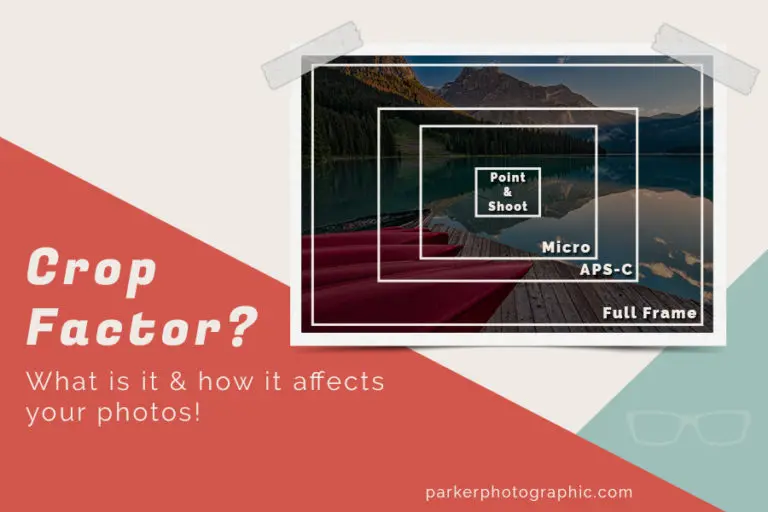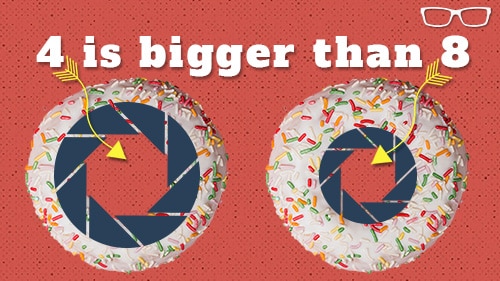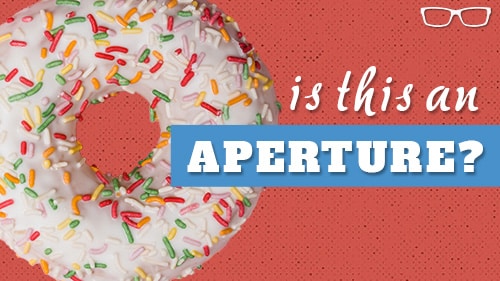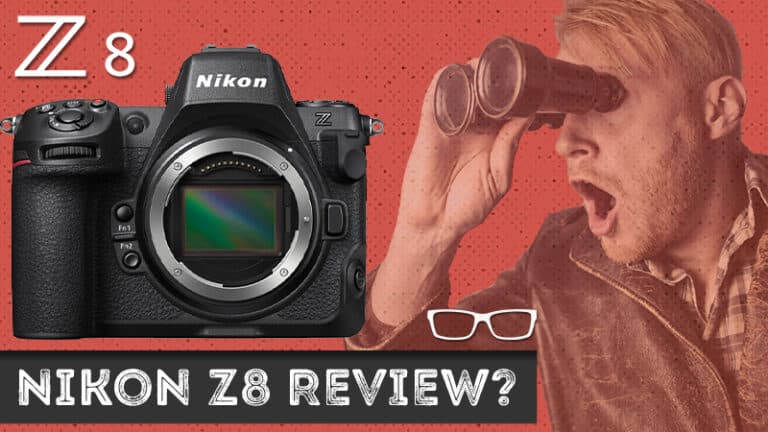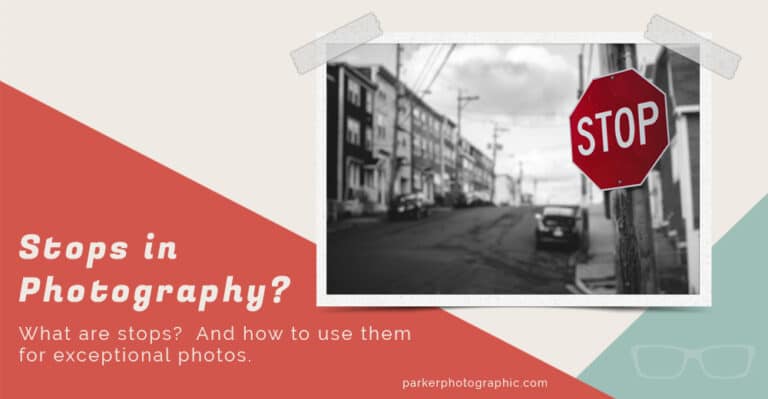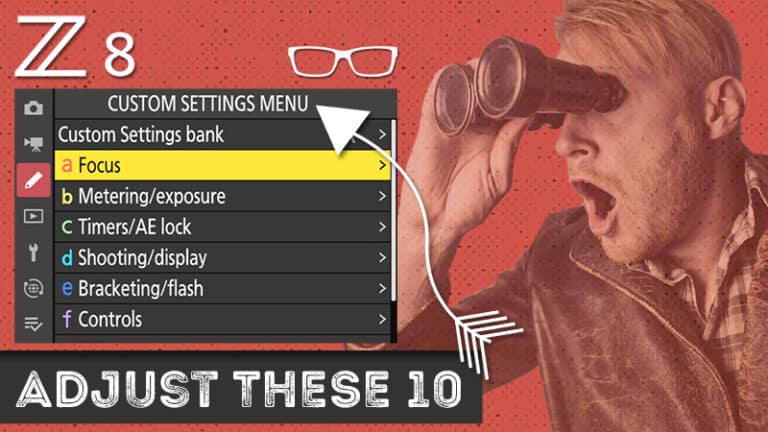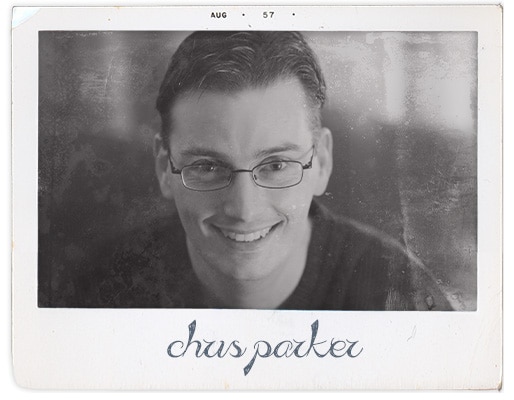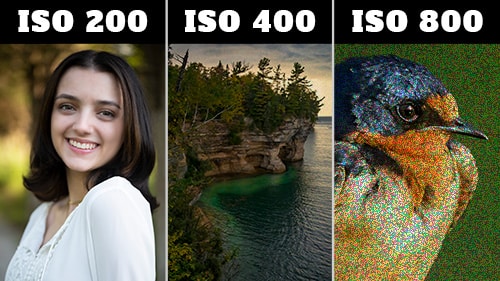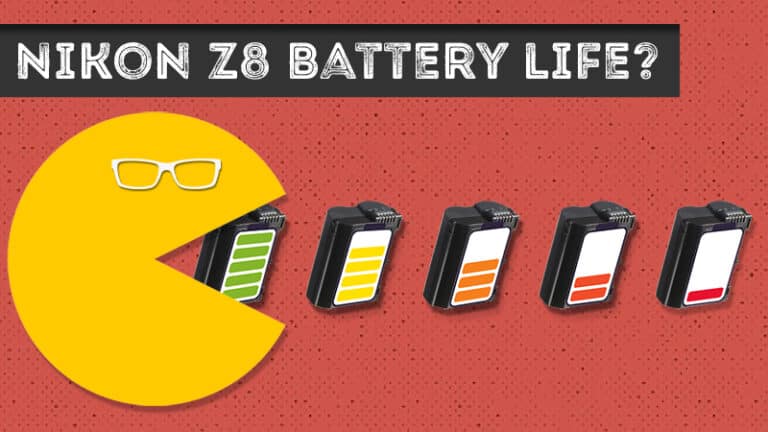Exposure Triangle Explained for Photography Beginners
Subscribe
Stop and put your camera down because this tutorial is essential for understanding exposures and dialing in the exposure you need based on your creative vision.
It will help you finally ditch auto modes and guarantee you the knowledge to shoot in full manual mode.
When it comes to capturing a photo, you have two options.
You can choose one of four auto modes and your camera will set the ISO, Aperture, and or Shutter speed to get a proper exposure, which you learned in previous tutorials.
Or you can set your camera in manual mode and manually select each of the three camera settings.
Why would you wanna do that?
If you want complete creative control over your camera and wish to set the aperture size and the shutter speed, then you’ll use manual mode, which you’ll learn how to do in the following tutorial.
First, you must understand the relationship between iso aperture and shutter speed before shooting in manual mode.
Once you understand this concept, shooting in manual mode will be easier, guaranteed.
And if you are ready to master your camera and learn how to shoot in manual mode, let’s do it.
In photography, something known as the exposure triangle explains the relationship between your different camera settings with a visual tool.
So here is a typical exposure triangle, and on each side, you have one camera setting with information about how each affects your exposure and whether it freezes or blurs the action, the depth of field, and possible digital noise.
So make sure to download the PDF of this triangle in the description below to use as you follow along.
The purpose of the exposure triangle is to help you visually see what happens when you choose or decide to change a camera setting.
At the bottom, we have apertures; the larger the aperture, the more light you’ll have.
And as you move to the left, you decrease the size and end up with less light.
The creative outcome of your aperture is also listed, so a smaller aperture results in a large depth of field, and the larger the Aperture becomes, the smaller your depth of field becomes.
On the left side is your iso.
Again, the amount of light and the effect of that light are listed—so more or less light and less or more digital noise.
Shutter speed also shows more or less light, depending on the shutter speed chosen and the creative effect of the speed selected.
Each of these camera settings has a tight relationship with each other.
In essence, if you change the camera setting of one, you may have to adjust one or both of the other two settings to get the exposure needed.
For example, let’s say you’re photographing a landscape and
Decide on ISO 400, a shutter speed of 1/500th of a second. And since you want a large step, the field, you choose f/11.
After taking the photo, you realize there is too much digital noise, so you change your ISO to 100.
This, in effect, reduces the brightness of the available light in half, twice, or in other words, two stops less light.
And the exposure triangle shows you that 400 to 200 is one stop, and 200 to 100 is another stop.
So two stops less light. In order to get the correct exposure, you have to change the aperture by two stops by adjusting it to f/5.6.
So, f/11 to f/eight is one stop, and f/eight to f/5.6 is another stop.
Or you can adjust the shutter speed by two stops with a slower shutter speed of 1/125th of a second.
So 1/500 to one 1/250th of a second is one stop, and then one two 50th to one.
1/125th of a second is another stop.
Or you can adjust both the shutter and aperture by one stop. In that case, you can go to f/eight and 1/150th of a second for two full stops.
And the choices you make to your aperture and shutter speed depend on your creative vision for the shot, and whether or not you can hold the camera still at a slower shutter speed.
Now that you understand the relationship between your camera settings and how it affects your exposure, you’re ready to shoot in full manual mode.
But first, I have to reveal a secret tool that will make it super duper easy to do, guaranteed.
So if you are ready to discover that secret tool to ditch auto and elevate your photographic skills even more, click here.


